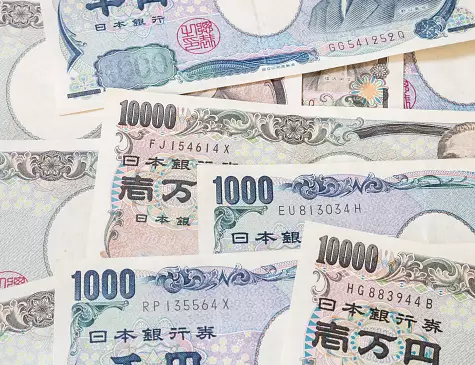The USD/JPY currency pair is currently stabilizing around the 151.96 level, following a recent phase of yen strength. This stabilization can be attributed to a complex interplay of factors affecting both currencies. Initially, the Japanese yen faced downward pressure against the U.S. dollar as trade tensions escalated with the imposition of new tariffs on imports by the U.S. government. On a broader scale, the recent executive measures taken by the U.S. administration, specifically a 25% tariff on steel and aluminum imports, have sparked widespread concerns about potential trade wars. As countries brace for the repercussions of these policies, market sentiments have shifted, influencing currency valuations significantly.
Despite the temporary setback due to these tariffs, the yen had previously gained approximately 2% against the U.S. dollar. Market analysts attribute this growth to the strengthening expectations surrounding the Bank of Japan’s (BoJ) potential monetary tightening. Comments from BoJ official Naoki Tamura have intensified these expectations, as he hinted at the possibility of raising interest rates to at least 1% in the latter half of fiscal 2025. This hawkish rhetoric aligns with encouraging economic indicators from Japan, such as increases in wages and household spending—factors that provide a solid foundation for future rate hikes.
From a technical analysis perspective, the H4 chart reveals that USD/JPY has established a consolidation range around the 151.90 mark after experiencing a downward movement. Market participants are watching closely for any potential declines, as breaking below this range could trigger a sell-off targeting lower levels, specifically around 148.80. Should the momentum continue downward, the market may witness further declines towards 148.38. While these bearish projections are underpinned by technical signals—evident from the MACD indicator, which shows a downward trajectory with its signal line situated below zero—there remains the possibility of a corrective bounce back to 151.90 before bearish momentum resumes.
In the shorter-term analysis, the H1 chart suggests a developing downward wave that seeks to reach 148.40. The consolidation observed around 151.90 may set the stage for a decisive breakout. A confirmed downside movement would indicate an ongoing declining phase in the currency pair. The Stochastic oscillator further supports this bearish outlook, as its signal line remains below the critical threshold of 80 and exhibits a sharp downward trend, signaling persistent selling pressure.
Looking forward, the future of the Japanese yen appears contingent on the Bank of Japan’s monetary policy decisions and further developments in U.S. trade policies. The yen’s resilience amid international turbulence hinges on the BoJ’s commitment to normalizing monetary policy and the global financial landscape’s response to President Trump’s recent trade tactics. Should these tariffs evoke significant retaliatory measures from other nations, the resulting economic uncertainty could significantly impact investor sentiment and market trends. Ultimately, the USD/JPY pair’s trajectory continues to be shaped by intricate connections between central bank policies and international trade dynamics.

